中軸線之賽:古人也開運動會!
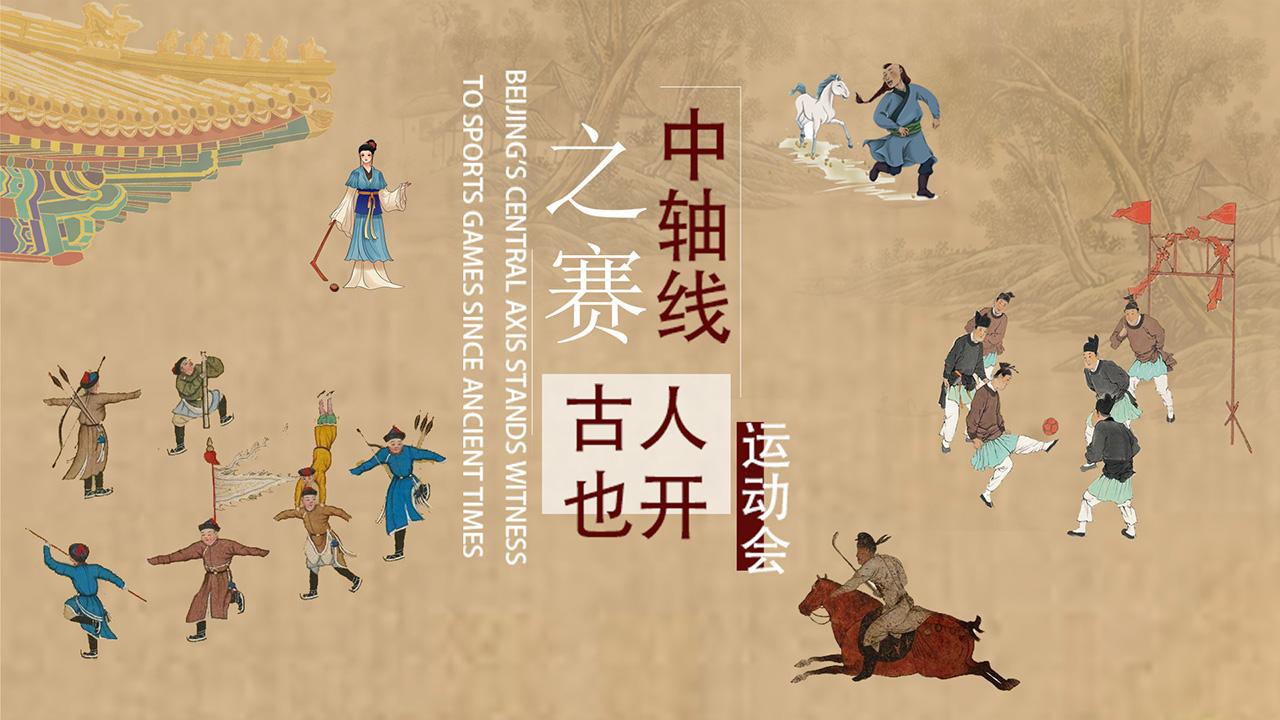
從2008到2022,北京成為世界上第一個“雙奧之城”,鳥巢、水立方(冰立方)等隨之成為世界矚目的體育文化景觀,它們所處的位置正是在北京中軸線的延長線上——事實上,古代中國的很多體育運動是以中軸線為中心開展的,如今很多現代體育項目中也能看到中國古代體育的影子。
It just took 15 years from 2008 to 2022 for Beijingto become the world's first city to host both the Summer and Winter Olympics, creating world-famous sports and cultural landscapes such as the Bird's Nest and Water Cube (Ice Cube), which are located on the extension lineof Beijing's Central Axis.
In fact, many sports in ancient China were carriedout around the Central Axis, whose traces could still be spotted in many modern sports today.
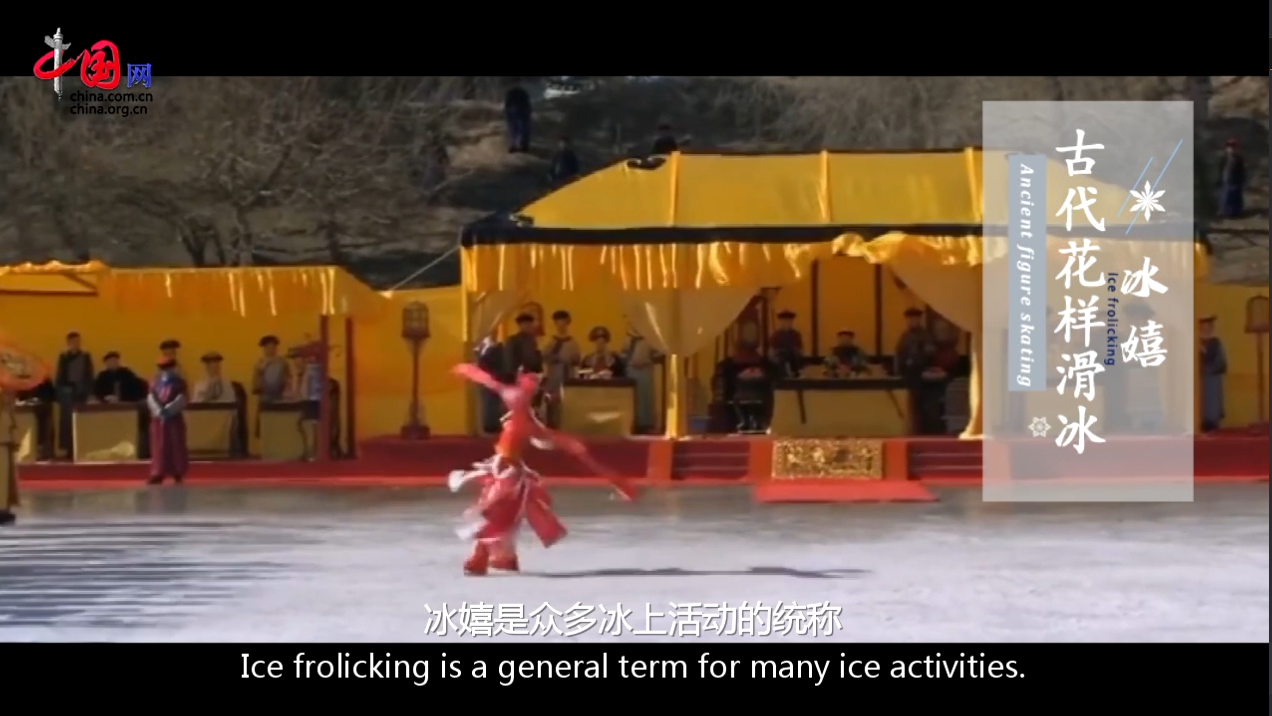
古代花樣滑冰——冰嬉
Ancient figure skating--Icefrolicking
冰嬉是眾多冰上活動的統稱,挑選擅長溜冰者加以訓練,在太液池進行表演,尤其是其中的“花樣滑冰”和“冰上雜技”最為精彩。故宮博物院收藏的《冰嬉圖》描繪的就是乾隆時期宮廷冰嬉的盛大場面。
Ice frolicking is a general term for many ice activities. Those who were good at skating were selected to train and perform in Taiye Poolin the Forbidden City, presenting impressive performances like figure skating and acrobatics on ice. The Frolic on the Ice, a painting collected by the Palace Museum, depicts the grand scene of ice frolicking in the imperialcourt during the period under Emperor Qianlong’s reign (1736-1796).
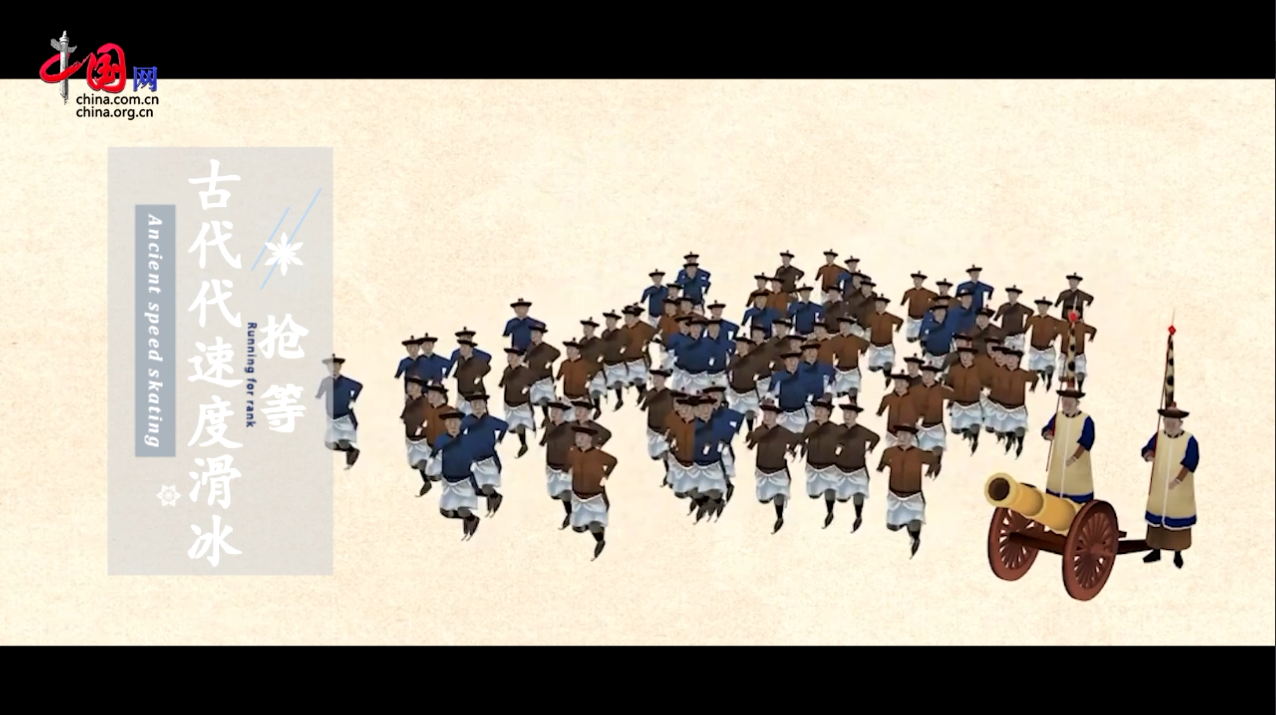
古代速度滑冰——搶等
Ancient speed skating—Running for rank
搶等也是冰嬉中的一種活動,類似于冬奧項目中的速度滑冰。
Running for rank was also an ice frolicking activity, which was similar to speed skating in Winter Olympics.
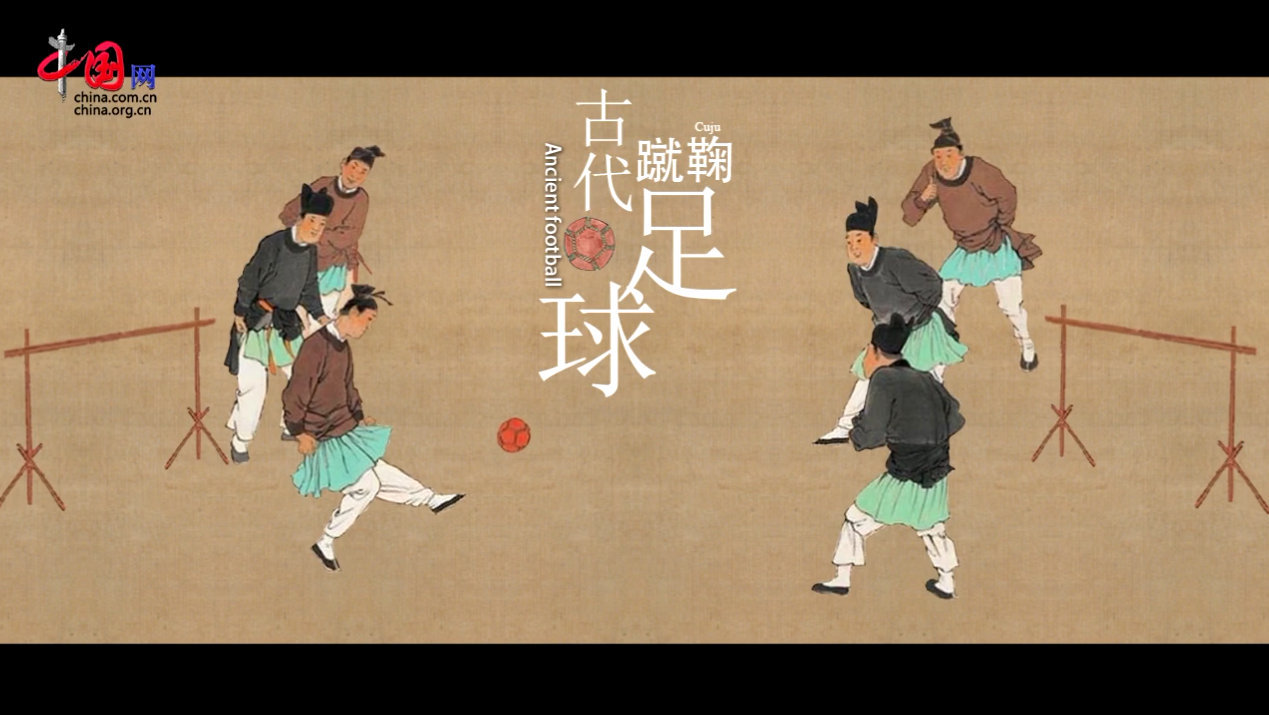
古代足球——蹴鞠
Ancient football -- Cuju
如今足球運動風靡世界,2004年國際足聯認定“中國是足球運動的發源地”。足球在中國古代稱為蹴鞠,“蹴”是踢的意思,“鞠”是指革制的皮球。在清朝,蹴鞠是宮廷節慶的節目之一,在民間同樣十分普及。後來,蹴鞠傳入歐洲,經過了長時間的發展逐漸完善,漸漸地形成了現代足球。
Nowadays, football is popular all over the world.In 2004, FIFA recognized that China is the birthplace of football. Football was called cuju in ancient China. The Chinese character “Cu” means kicking, and “Ju” refers to leather ball. In the Qing Dynasty, cuju wasone of the festive activities of the court, and it was also very popular outside the court. Cuju was later introduced to Europe, and gradually became modern football after a long period of development and improvement.
古代馬球——擊鞠
Ancient polo -- Jiju
如果説蹴鞠是一項腳上運動,那麼擊鞠則是手腳並用。在馬上擊球,人既要馭馬,又要揮桿,極其講究個人技術。
If cuju was a foot sport, then jiju was a sport entailing thecombined skills of hands and feet. When hitting the ball on a horse, the player should not only control the horse, but also swing a bat to hit the ball, demanding quite sophisticated personal skills.
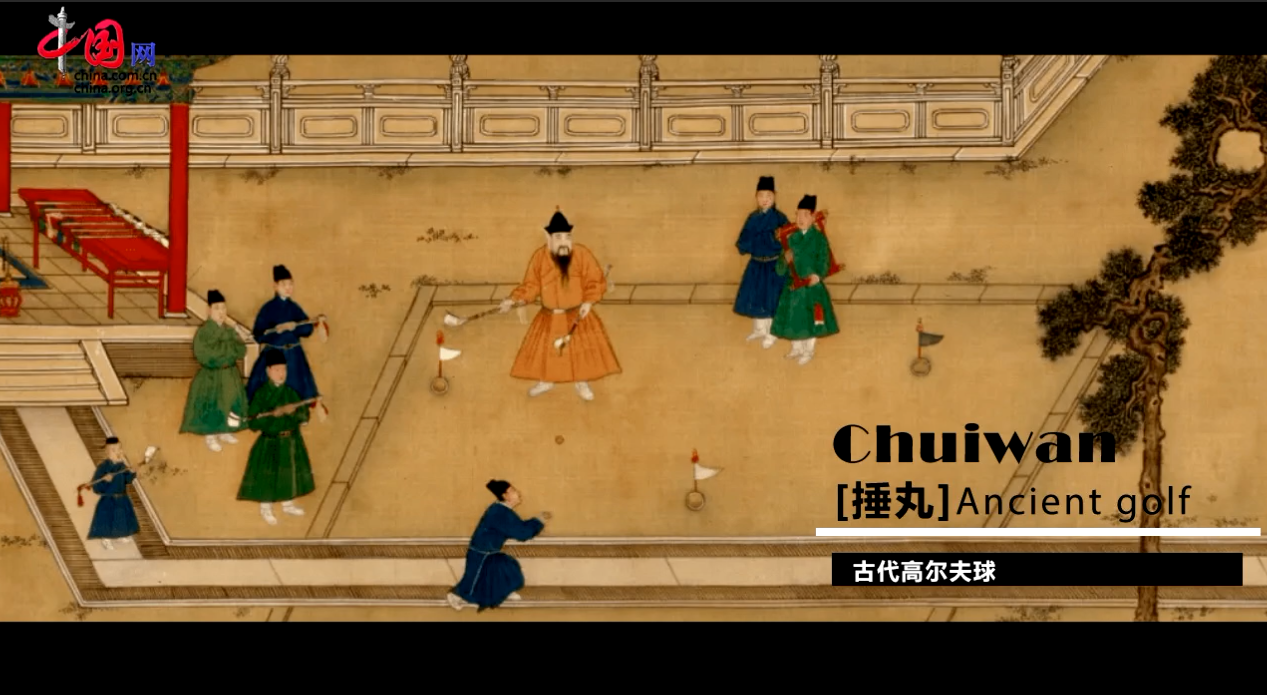
古代高爾夫球——捶丸
Ancient golf -- Chuiwan
比起蹴鞠和擊鞠,捶丸則是偏柔和的一種體育運動。它與現代的高爾夫球十分類似,參賽者手持球棒依次上場擊球,球窩處會插有彩旗作為標識,打進球窩即可得分。
Compared with cuju and jiju, Chui Wan was a softer sport. It was very similar to modern golf. Players would hold bats and hit the ball in turn. Colorfulflags would be inserted at the socket as signs, and a score could be gained if the ball was hit into the socket.
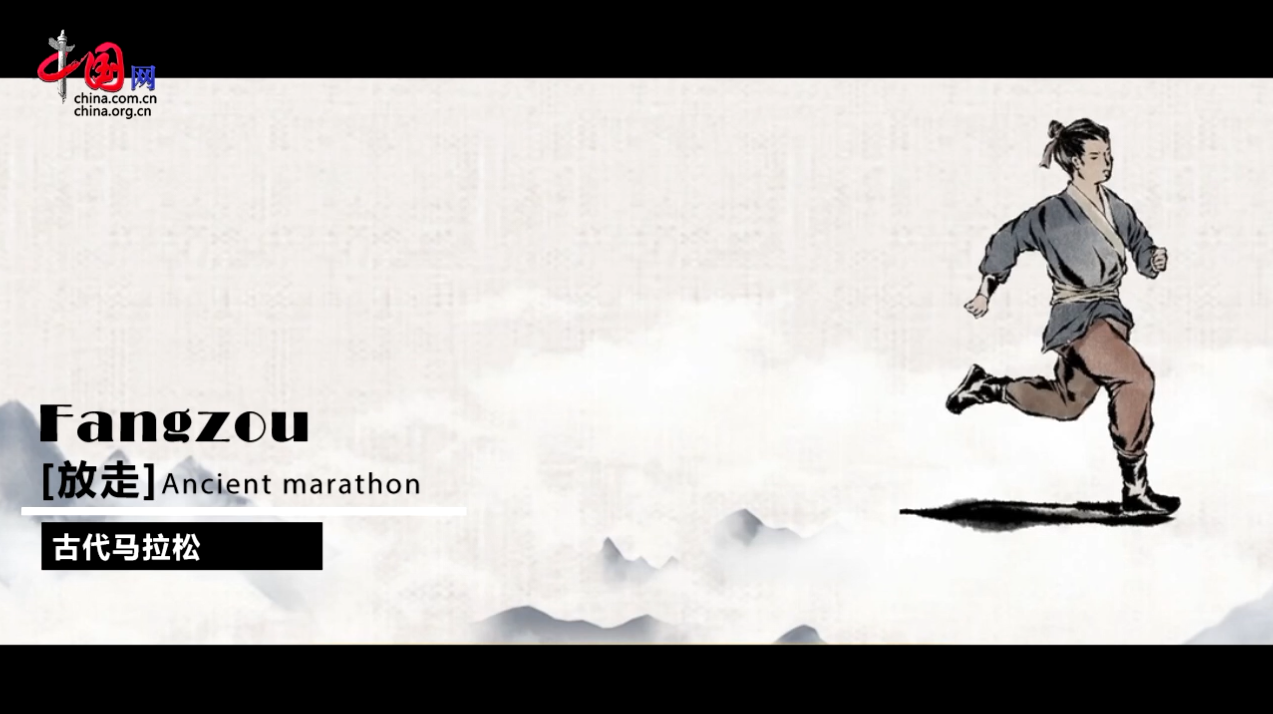
古代馬拉松——放走
Ancient marathon--Fangzou
比第一屆現代奧運會早六百年的中國元朝,每年會舉行一次長跑比賽,稱為“放走”。與今天全球流行的城市馬拉松一樣,“放走”的地點也是在當時元朝的兩個都城,而它的長度則幾乎相當於兩個馬拉松。
In the Yuan Dynasty, 600 years before the first modern Olympic Games, a long-distance race called fangzou was held once a year. Like today’s popular city marathon in the world, fangzou was alsoheld in the two capital cities of Yuan Dynasty at that time, and its length was almost equivalent to two marathons.
經歷歷史的變遷,體育項目的規則和名稱在變,但是人們熱愛體育的心卻沒有變。截至2021年底,中國戶外運動參與人數超過4億人次,不同種類的戶外運動項目層出不窮;截至2022年底,中國健身步道共計12.78萬個,全國冰雪運動場地2452個。新的體育場館延展了中軸線的內涵,體育項目也從少數人的娛樂走向了廣大的民間。
Along with the changes of time, the rules and names of sports events are ever different, but people's love for sports have remained the same. By the end of 2021, the number of outdoor sports participantsin China exceeded 400 million, with the constant emergence of different kinds of outdoor sports. By the end of 2022, China was home to 127,800 fitness trails and 2,452 ice and snow sports venues. The new stadiums have extendedthe confinement of the Central Axis, and various sports events have developed from the entertainment of a few people to shared fun by the general public.










